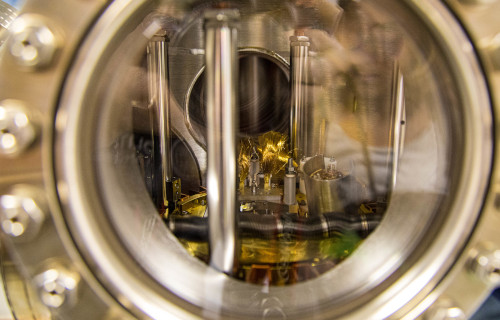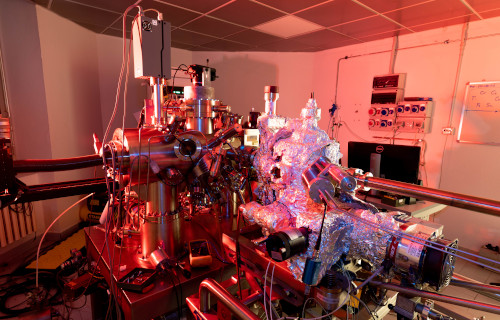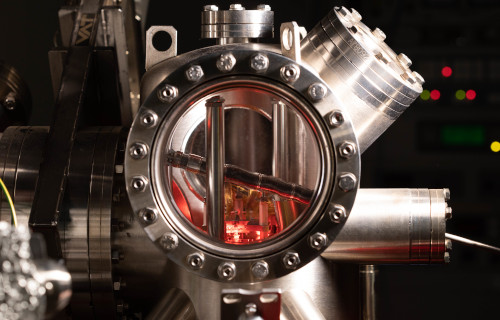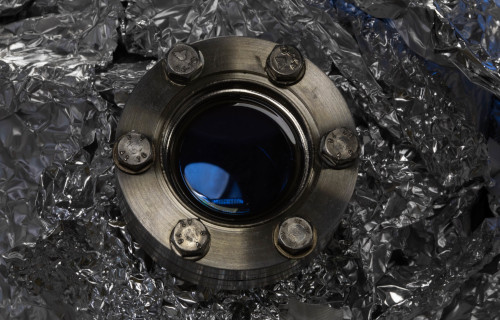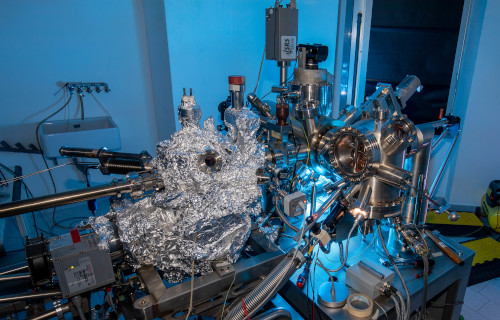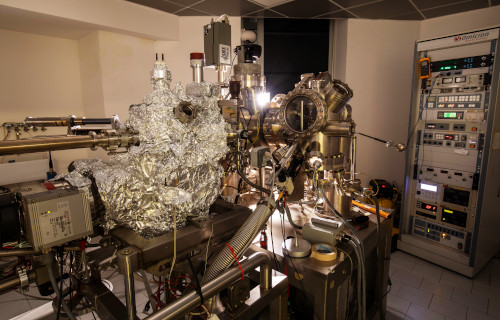01.04.2021 16:00
SINFONIA project has started
A new technology to store and transport information at the nanoscale and THz frequencies
The interdisciplinary research project SINFONIA (Selectively activated INFOrmation technology by hybrid Organic Interfaces) has started on 1st April. Its goal is the development of a technology that allows the storage and transport of information at the nanoscale and at operating frequencies in the THz (terahertz) regime.
The project is funded by the EU Horizon 2020 program, as part of the FET open actions under, that support research and innovation towards radically new future technologies.
This technology will be realized through the optical manipulation of hybrid molecular/antiferromagnetic interfaces, enabling selective activation of information emitters and detectors. Such selectivity will be ensured by the local nature of the hybrid electronic states that develop at the interface between an antiferromagnet (AF) and an organic molecule. By exploiting these states, it will be possible to couple an external optical stimulus (light) to the propagation of magnetic perturbations (spin waves) in the AF layer.
SINFONIA therefore proposes a completely new approach to information technology, based on low-dimensional hybrid organic-inorganic systems.
Among the opportunities offered by this approach, we highlight: low energy consumption (absence of electric currents), high frequency responses (ensured by AF materials), tunability (ensured by molecular materials), scaling and miniaturization.
The SINFONIA project will last four years and envisages, in a longer-term perspective, the realization of fully organic devices through the development of organic AF films. The proof-of-concept of the proposed technological approach will be developed through prototypical magnonic devices.
Magnonics has the objective of controlling and manipulating spin waves, that is, quantized perturbations that propagate in a medium that has a magnetic order. It is widely recognized as one of the most promising technological approaches to go beyond the state of the art in information and communication technology.
explains Prof. Alberto Brambilla of our Physics Department.
Politecnico di Milano is coordinator of the international consortium that includes Technische Universitat Dortmund, CNR (ISMN and IOM institutes), Asociacion - Centro de Investigacion Cooperativa en Nanociencias (CIC-Nanogune, Universitat de València, Università degli Studi di Milano, THATec Innovation GmbH, Center National de la Recherche Scientifique (CNRS) and Thales.
This project has received funding from the European Union’s Horizon 2020 research and innovation programme under grant agreement No 964396. This communication reflects only the author’s view and the Commission is not responsible for any use that may be made of the information it contains.




